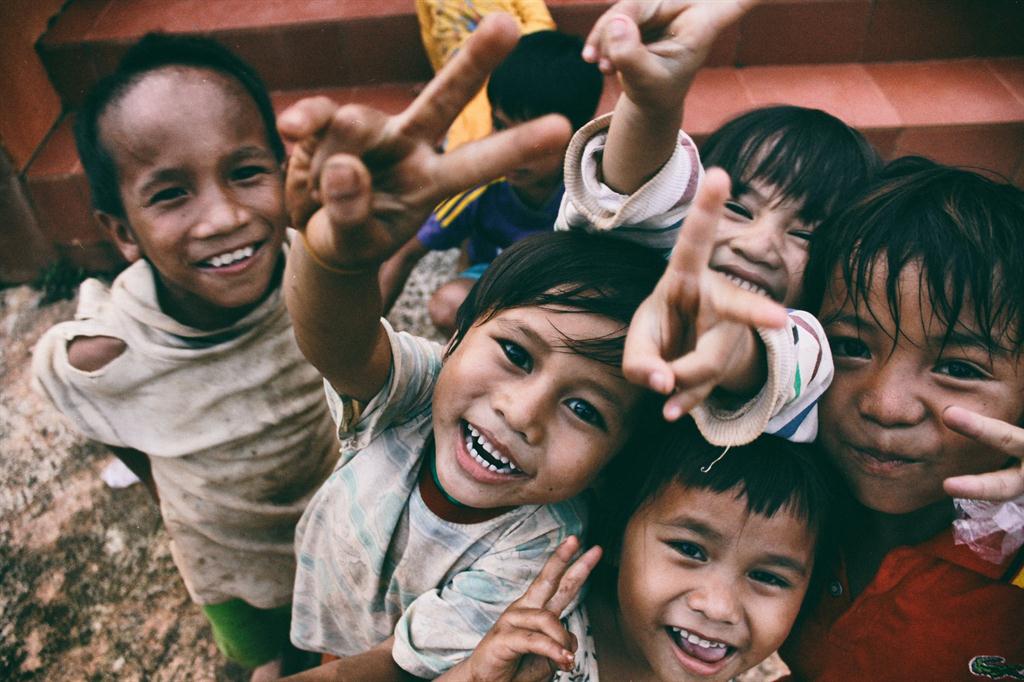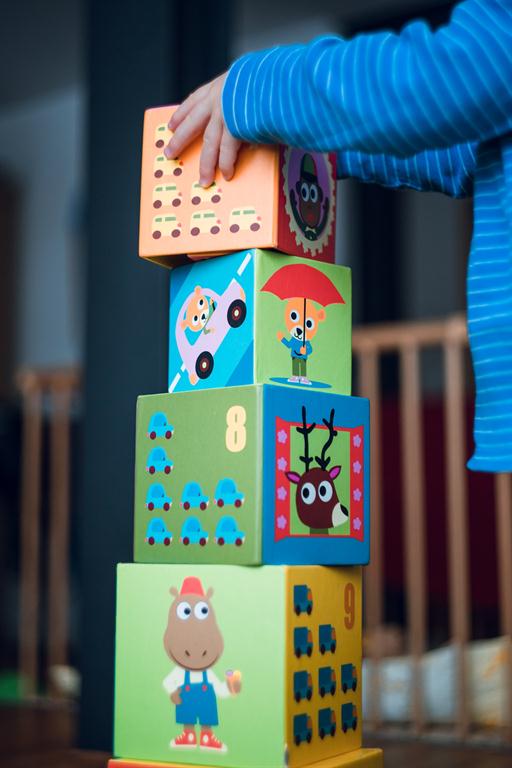Pneumonia and diarrhea responsible for most child deaths
Globally, it is among the leading causes of child mortality.
Together, pneumonia and diarrhoea account for 29% of all child deaths, causing the loss of more than 2 million young lives each year. In 2010, the number of child deaths from pneumonia and diarrhoea was almost equal to the number of child deaths from all other causes after the neonatal period - that is, nearly as many children died from pneumonia and diarrhoea as from acquired immunodeficiency syndrome (AIDS), malaria, measles, meningitis, injuries and all other post-neonatal conditions combined.
Most child deaths from pneumonia and diarrhoea occur in the world’s poorest regions – with nearly 90% in sub-Saharan Africa and South Asia. Children who are poor, hungry and living in remote areas are most likely to be visited by these “forgotten killers”. The burden that pneumonia and diarrhoea place on families and health systems in low-resource countries further exacerbates existing inequalities.
According to the World Health Organisation (WHO) and Unicef the solutions to tackling these two diseases do not require major advances in technology. Proven interventions exist. Children are dying because services are provided piecemeal and those most at risk are not being reached. Use of effective interventions remains too low; for instance, only 39% of infants less than 6 months are exclusively breastfed while only 60% of children with suspected pneumonia access appropriate care. Moreover, children are not receiving life-saving treatment; only 31% of children with suspected pneumonia receive antibiotics and only 35% of children with diarrhoea receive oral rehydration therapy.
Identifying those children at greatest risk, hardest to reach and most neglected, and targeting them with interventions of proven efficacy will enable the closing of the gap, ultimately ending the heavy toll of preventable child deaths.
Using interventions that work
Research shows that these interventions and activities work:
• Exclusive breastfeeding for six months and continued
breastfeeding with appropriate complementary feeding
reduces the onset and severity of diarrhoea and pneumonia.
• Use of vaccines against Streptococcus pneumoniae and
Haemophilus influenzae type b, the two most common
bacterial causes of childhood pneumonia, and against
rotavirus, the most common cause of childhood diarrhoea
deaths, substantially reduces the disease burden and deaths
caused by these infectious agents. In response, an increasing
number of countries are introducing these vaccines.
• Use of vaccines against measles and pertussis substantially
reduces pneumonia illness and death in children.
• Use of simple, standardized guidelines for the identification
and treatment of pneumonia and diarrhoea in the community,
at first-level health facilities and at referral hospitals, such
as those for integrated management of childhood illness
(IMCI), substantially reduces child deaths.
• Oral rehydration salts (ORS), and particularly the lowosmolarity formula, are a proven life-saving commodity for the treatment of children with diarrhoea. Use of zinc supplements with ORS to treat children with diarrhoea reduces deaths in children less than five years of age.
• Innovative demand creation activities are important for
achieving behaviour change and sustaining long-term
preventive practices.
• Water, sanitation and hygiene interventions, including
access to and use of safe drinking-water and sanitation, as
well as promotion of key hygiene practices provide health,
economic and social benefits.
• Reduction of household air pollution with improved stoves
has been shown to reduce severe pneumonia. Safer and
more efficient energy in the home prevents burns, saves
time and fuel costs, and contributes to better development
opportunities.
The integrated Global Action Plan for the Prevention and Control of Pneumonia and Diarrhoea (GAPPD) proposes a cohesive approach to ending preventable pneumonia and diarrhoea deaths. It brings together critical services and interventions to create healthy environments, promotes practices known to protect children from disease and ensures that every child has access to proven and appropriate preventive and treatment measures.
The GAPPD identifies opportunities to better integrate activities as well as capture synergies and efficiencies. It envisions the various interventions for controlling pneumonia and diarrhoea in children less than five years of age as:
• protecting children by establishing and promoting good health practices;
• preventing children from becoming ill from pneumonia and diarrhoea by ensuring universal coverage of immunization, HIV prevention and healthy environments;
• treating children who are ill from pneumonia and diarrhoea with appropriate treatment.
Source: Ending preventable child deaths from pneumonia and diarrhoea by 2025: The integrated Global Action Plan for Pneumonia and Diarrhoea – Unicef and WHO
Most child deaths from pneumonia and diarrhoea occur in the world’s poorest regions – with nearly 90% in sub-Saharan Africa and South Asia. Children who are poor, hungry and living in remote areas are most likely to be visited by these “forgotten killers”. The burden that pneumonia and diarrhoea place on families and health systems in low-resource countries further exacerbates existing inequalities.
According to the World Health Organisation (WHO) and Unicef the solutions to tackling these two diseases do not require major advances in technology. Proven interventions exist. Children are dying because services are provided piecemeal and those most at risk are not being reached. Use of effective interventions remains too low; for instance, only 39% of infants less than 6 months are exclusively breastfed while only 60% of children with suspected pneumonia access appropriate care. Moreover, children are not receiving life-saving treatment; only 31% of children with suspected pneumonia receive antibiotics and only 35% of children with diarrhoea receive oral rehydration therapy.
Identifying those children at greatest risk, hardest to reach and most neglected, and targeting them with interventions of proven efficacy will enable the closing of the gap, ultimately ending the heavy toll of preventable child deaths.
Using interventions that work
Research shows that these interventions and activities work:
• Exclusive breastfeeding for six months and continued
breastfeeding with appropriate complementary feeding
reduces the onset and severity of diarrhoea and pneumonia.
• Use of vaccines against Streptococcus pneumoniae and
Haemophilus influenzae type b, the two most common
bacterial causes of childhood pneumonia, and against
rotavirus, the most common cause of childhood diarrhoea
deaths, substantially reduces the disease burden and deaths
caused by these infectious agents. In response, an increasing
number of countries are introducing these vaccines.
• Use of vaccines against measles and pertussis substantially
reduces pneumonia illness and death in children.
• Use of simple, standardized guidelines for the identification
and treatment of pneumonia and diarrhoea in the community,
at first-level health facilities and at referral hospitals, such
as those for integrated management of childhood illness
(IMCI), substantially reduces child deaths.
• Oral rehydration salts (ORS), and particularly the lowosmolarity formula, are a proven life-saving commodity for the treatment of children with diarrhoea. Use of zinc supplements with ORS to treat children with diarrhoea reduces deaths in children less than five years of age.
• Innovative demand creation activities are important for
achieving behaviour change and sustaining long-term
preventive practices.
• Water, sanitation and hygiene interventions, including
access to and use of safe drinking-water and sanitation, as
well as promotion of key hygiene practices provide health,
economic and social benefits.
• Reduction of household air pollution with improved stoves
has been shown to reduce severe pneumonia. Safer and
more efficient energy in the home prevents burns, saves
time and fuel costs, and contributes to better development
opportunities.
The integrated Global Action Plan for the Prevention and Control of Pneumonia and Diarrhoea (GAPPD) proposes a cohesive approach to ending preventable pneumonia and diarrhoea deaths. It brings together critical services and interventions to create healthy environments, promotes practices known to protect children from disease and ensures that every child has access to proven and appropriate preventive and treatment measures.
The GAPPD identifies opportunities to better integrate activities as well as capture synergies and efficiencies. It envisions the various interventions for controlling pneumonia and diarrhoea in children less than five years of age as:
• protecting children by establishing and promoting good health practices;
• preventing children from becoming ill from pneumonia and diarrhoea by ensuring universal coverage of immunization, HIV prevention and healthy environments;
• treating children who are ill from pneumonia and diarrhoea with appropriate treatment.
Source: Ending preventable child deaths from pneumonia and diarrhoea by 2025: The integrated Global Action Plan for Pneumonia and Diarrhoea – Unicef and WHO








Comments
Namibian Sun
No comments have been left on this article